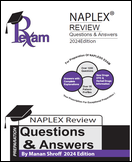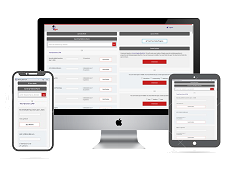
Avoid initiation or interrupt __________if absolute lymphocyte count is less than 500 cells/mm3, absolute neutrophil count is less than 1000 cells/mm3, or hemoglobin level is less than 8 g/dL.
a. Rheumatrex
b. Prograf
c. Rinvoq
d. Xcopri
e. Carboplatin
Avoid initiation or interrupt __________if absolute lymphocyte count is less than 500 cells/mm3, absolute neutrophil count is less than 1000 cells/mm3, or hemoglobin level is less than 8 g/dL.
a. Rheumatrex
b. Prograf
c. Rinvoq
d. Xcopri
e. Carboplatin
Answer: (c) Rinvoq (Upadacitinib) is a Janus kinase (JAK) inhibitor indicated for the treatment of adults with moderately to severely active rheumatoid arthritis who have had an inadequate response or intolerance to methotrexate.
Use of Rinvoq (Upadacitinib) in combination with other JAK inhibitors, biologic DMARDs, or with potent immunosuppressants such as azathioprine and cyclosporine is not recommended.
Rinvoq (Upadacitinib) may be used as monotherapy or in combination with methotrexate. The recommended dose of Rinvoq (Upadacitinib) is 15 mg once daily. It is available as extended release tablet form.
It should be used with caution in patients receiving chronic treatment with strong CYP3A4 inhibitors (e.g., ketoconazole). Coadministration of Rinvoq (Upadacitinib) with strong CYP3A4 inducers (e.g. rifampin) is not recommended.
Serious infections leading to hospitalization or death, including tuberculosis and bacterial, invasive fungal, viral, and other opportunistic infections, have occurred in patients receiving Rinvoq (Upadacitinib).
Try our Naplex QBank. www.pharmacyexam.com **Please note: This type of question will not show up in an MPJE. We are just posting to MPJE group for knowledge.



